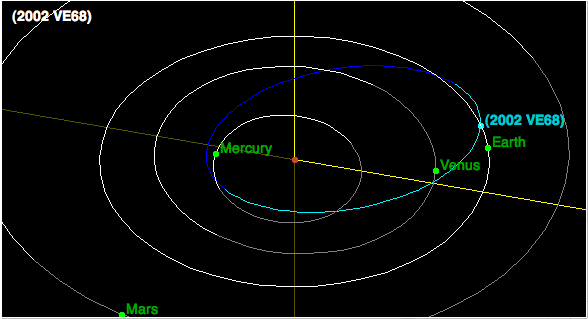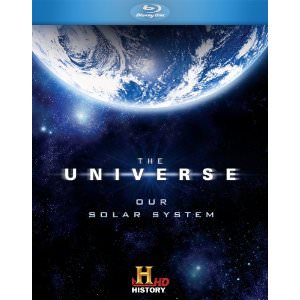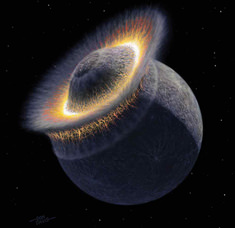[/caption]
Astronomers have been busy trying to determine the spin period and composition of Venus’ moon. December 8, 2010, results were announced by JPL/Caltech scientists, led by Michael Hicks.
“Wait a minute; back up”, I hear you ask. “Venus has a Moon?”
Of course it does. Well, kind of…
Let me explain.
It has the rather unfortunate name of 2002 VE68. That is because it was discovered on November 11, 2002 by LONEOS, the Lowell Observatory Near Earth Object Search. 2002 VE68 is an earth orbit-crossing asteroid that has been designated a Potential Hazardous Asteroid by the Minor Planet Center. For obvious reasons, this makes it a very interesting subject of study for JPL scientists.
2002 VE68 used to be a run of the mill, potential impact threat, Near Earth Object. But approximately 7000 years ago it had a close encounter with Earth that kicked it into a new orbit. It now occupies a place in orbit around the Sun where at its closest it wanders inside the orbit of Mercury and at its furthest it reaches just outside the orbit of the Earth. It is now in a 1:1 orbital resonance with Venus.
An orbital resonance is when two orbiting bodies exert a regular, periodic gravitational influence on each other due to their orbital periods being related by a ratio of two small numbers. For example, Pluto and Neptune are in an orbital resonance of 2:3, which simply means for every two times Pluto goes around the Sun, Neptune makes three trips around.
In the case of Venus and 2002 VE68, they both take the same time to orbit the Sun once. They are in a 1:1 orbital resonance. So by definition, 2002 VE68 is considered a quasi-satellite of Venus. If you watch the Orbital Viewer applet at the JPL small body page you can watch this celestial dance as the two bodies orbit the Sun and each other as 2002 VE68 dodges Earth and Mercury in the process.
Often these resonances result in an unstable interaction, in which the bodies exchange momentum and shift orbits until the resonance no longer exists. In this case, scientists believe 2002 VE68 will only remain a Venusian quasi-satellite for another 500 years or so.
So getting back to the story, Hicks and his team used the recent close apparition of 2002 VE68 to do photometric measurements over the course of three nights in November using the JPL Table Mountain 0.6m telescope near Wrightwood, California. From the color data they obtained they determined that 2002 VE68 is an X type asteroid. This is a group of asteroids with very similar spectra that could potentially have a variety of compositions. They are further broken down into Tholen classification types as either E, M or P types. Unfortunately Hicks’ team was not able to resolve the sub-classification with their equipment.
They were able to determine the approximate size of the asteroid to be 200 meters in diameter, based on its absolute magnitude, and they determined a spin rate of 13.5 hours. The amplitude of the fluctuation on the light curve of 2002 VE68 could imply hat it is actually a contact binary, two clumps of asteroidal material orbiting a center of mass in contact with each other.
For more information on some of the strange and curious beasts in the asteroidal zoo, visit the NASA Near Earth Object Program website.







